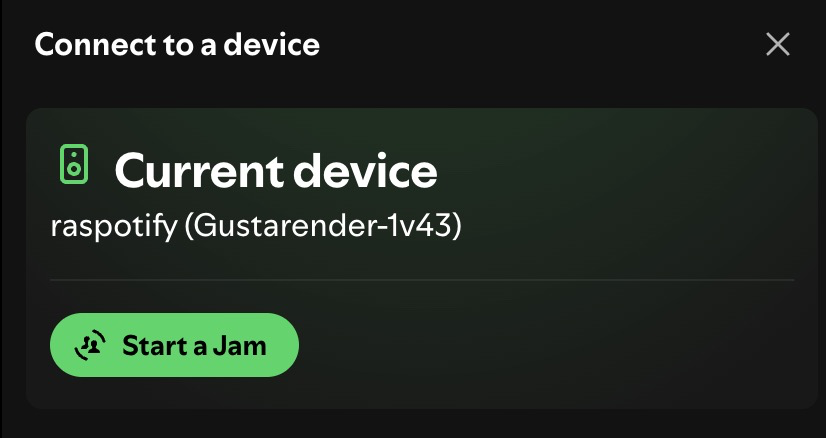Just got my LHY OCK-2 connected to the U18. I notice the R26 now lets me select an external clock without erroring. Does this mean both the R26 and U18 are using the external clock connected to the U18?
And does anything know if I should be using the sine wave, or square wave output on the OCK-2?
Thanks
Edit: The R26 does seem to throw the "EXT ERR" most of the times when trying to set to use the external of the U18
Re sine vs square try both and see which you prefer. The R26 can take both. I've found sine works best with both the OCK-1 and OCK-2 with the R26. One reason for this may be that sine is less sensitive to impedance mismatches, even small ones, that can arise at multiple points in the signal chain from the clock oscillator through the two sets of BNC plugs and sockets to the clock receiver on the DAC board. Whereas for sine quality shielding is more important. Another is that the quality of the sine-square wave convertor included in a clock can vary, though plots I've seen on the OCK-2's square (and sine) plots look pretty clean.
In terms of the clock synchronisation errors on the R26 not exactly sure what you're describing here, but FWIW:
- Assumption is you have EXT Clock set to ON on the R26
- If you've got errors from just connecting the OCK-2 to the R26 10mhz BNC input then that is unusual, may be related to the quality or type of the BNC plug/socket connection or stress on the cable. I found with heavy LMR400 cables mean I sometimes got an error and had to slightly jiggle the cable to get it to connect properly, and the ERR message go away. I can't think why connecting the OCK-2 to both the R26 and U18 would reduce the incidence of such synchronisation errors.
- The U18's 'WCLK' BNC output is a Wordclock output (i.e. timing info directly related to the stream of digital audio) not a masterclock (10mhz timing pulse only) output. You can't connect the WCLK to the R26's masterclock input - if this is what you've tried I'd expect to get an error on the R26.
- If you're using I2S, s/pdif or AES to connect the U18 to the R26 then the U18 will pass the wordclock to the R26 via that connection which the R26 will use (i.e. not reclock) and, depending on how you read Gustard's email clarification they provided to @mmwwmm (see below), seems to mean that the R26 only gets an improvement from an external clock only when oversampling is turned ON i.e. PCM NOS & DSD Direct OFF. That said I've found clear audible benefits from an external clock connected to the R26 (toggling EXT Clock ON/OFF) when it is fed I2S from the U18 when the R26 is set to DSD Direct and/or PCM NOS ON. Probably TMI but hope some of this helps...
This is an answer from Gustard regarding the use of a 10Mhz external clock with the R26 and when its clock signal is used to reference the internal K2 synthesizer and when is not used.
When playing PCM
1. PCM NOS: OFF
The improvement provided by the external clock applies to all R26 inputs.
2. PCM NOS: On
The improvement provided by external clock applies to USB and LAN inputs, IIS AES coaxial optical Bluetooth does not apply.
When playing DSD
1.DSD DIRECT: OFF
The improvement provided by the external clock applies to all R26 inputs.
2.DSD DIRECT: ON
The improvements provided by the external clock apply to USB and LAN inputs, IIS AES coaxial optical Bluetooth does not apply.
Last edited:


























